The Heights Casino, Built for Squash Not Slots
The Heights Casino was never a casino, as we know the term. Any gambling that took place here was under the table and spoken in whispers.

Editors note: This post originally ran in 2012 and has been updated. You can read the previous post here.
The Heights Casino was never a casino, as we know the term. Any gambling that took place here was under the table and spoken in whispers. “Casino” means “little house,” and the building at 75 Montague Street in Brooklyn Heights was always a tony private club with, for much of its history, members with blood as blue as a yachtsman’s fine navy blazer. Founded in 1904, it has always been about racquet sports, specifically squash and tennis, and is home to the first indoor tennis court in the United States.
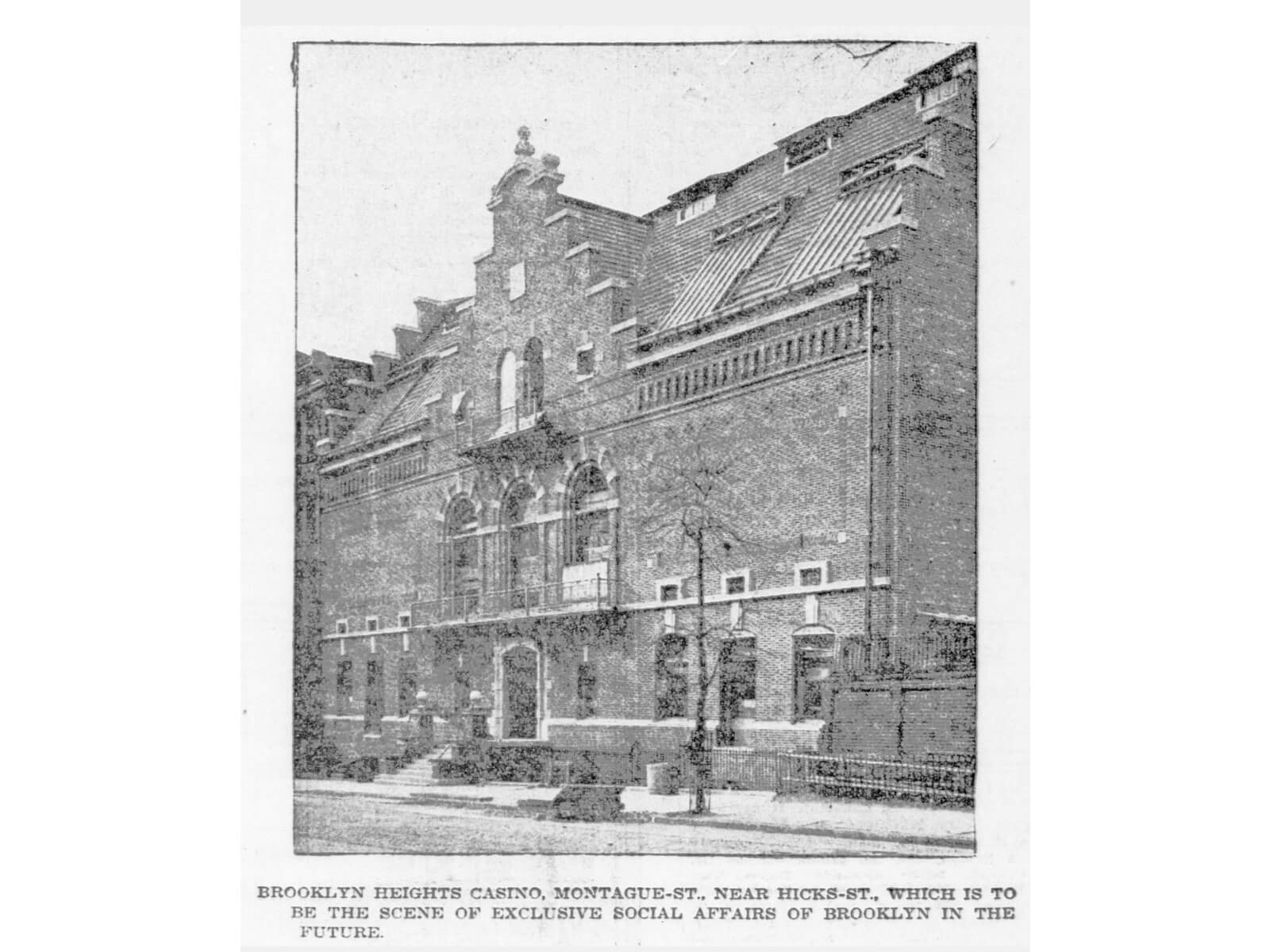
The club was founded by and for the Heights’ wealthy residents. Sports clubs were important in Society, and the Casino would join other prominent clubs in the area, the most important being the Crescent Athletic Club, whose grand headquarters is now home to St. Ann’s School, on Pierrepont. The Crescent, unlike the Casino, had many teams in many different sports.
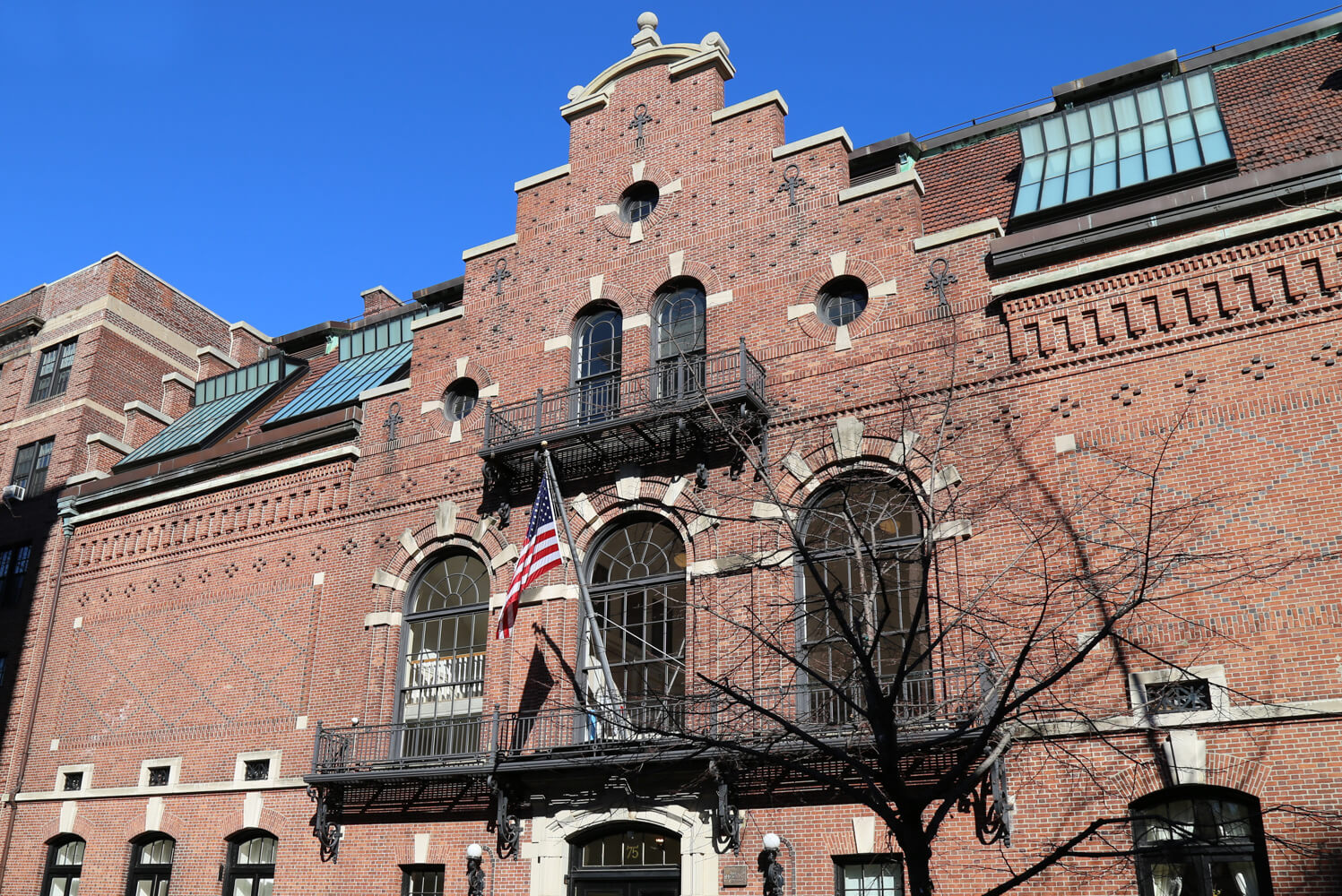
At the center of it all, of course, was the social prestige of belonging. The tennis nets could be taken down, and a huge ballroom emerged, and the Casino was home to several of the most exclusive social soirees in Brooklyn Society: the Ihpetonga Ball and the Yuletide Ball, formerly the Debutante Ball. The Yuletide Ball, which at one time was at the St. George Hotel, is still an annual event, and raises money for charity.
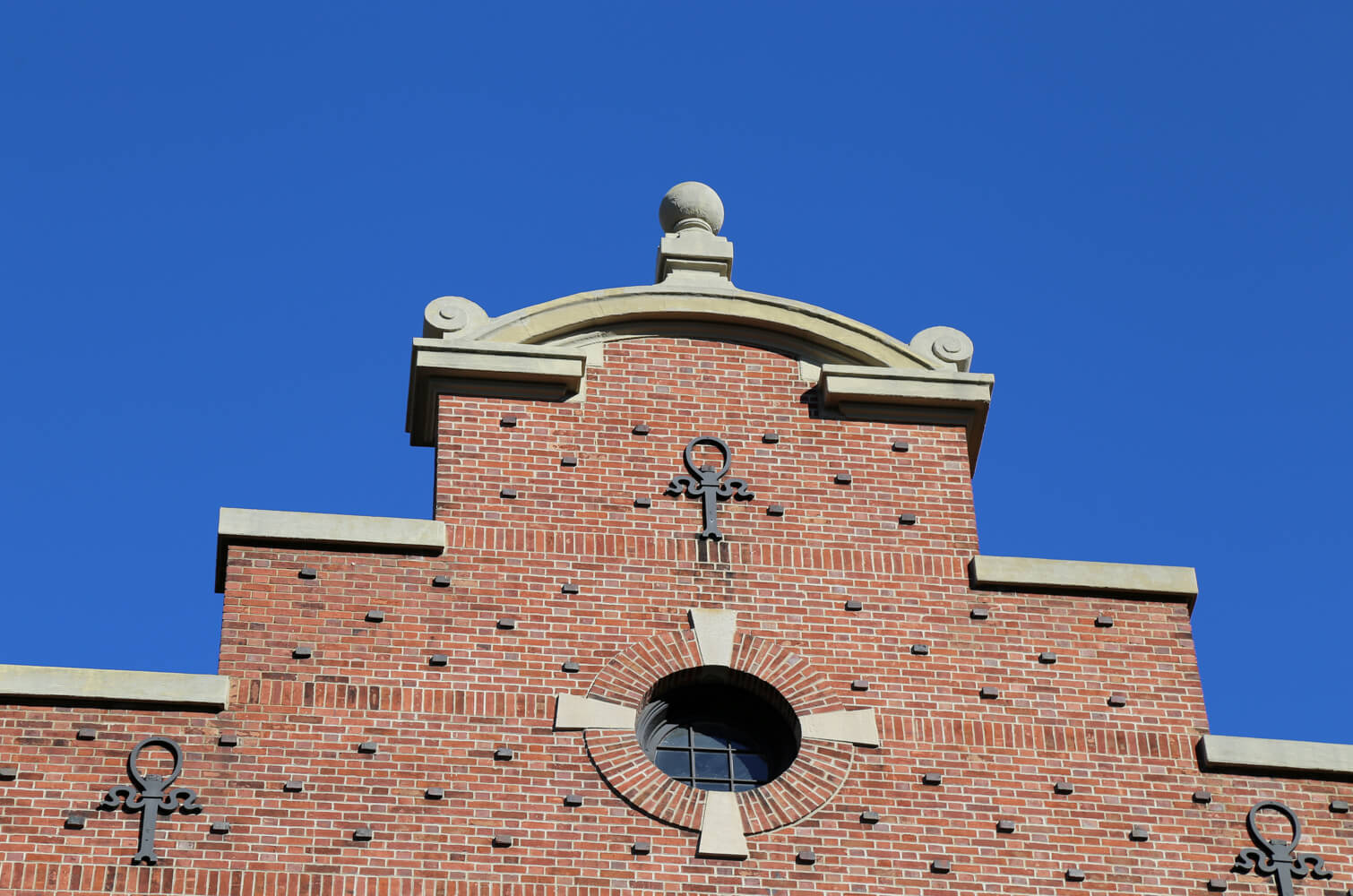
The building itself is quite distinctive. Its architects, William A. Boring and Edward L. Tilton, were friends long before they became partners. They both attended the prestigious L’Ecole des Beaux-Arts in Paris, and then both went to work for McKim, Mead & White before going into business together. They designed the landmarked Hotel Colorado in 1893, and then the award-winning Ellis Island Immigration Center in 1897. It is now on the National Register.
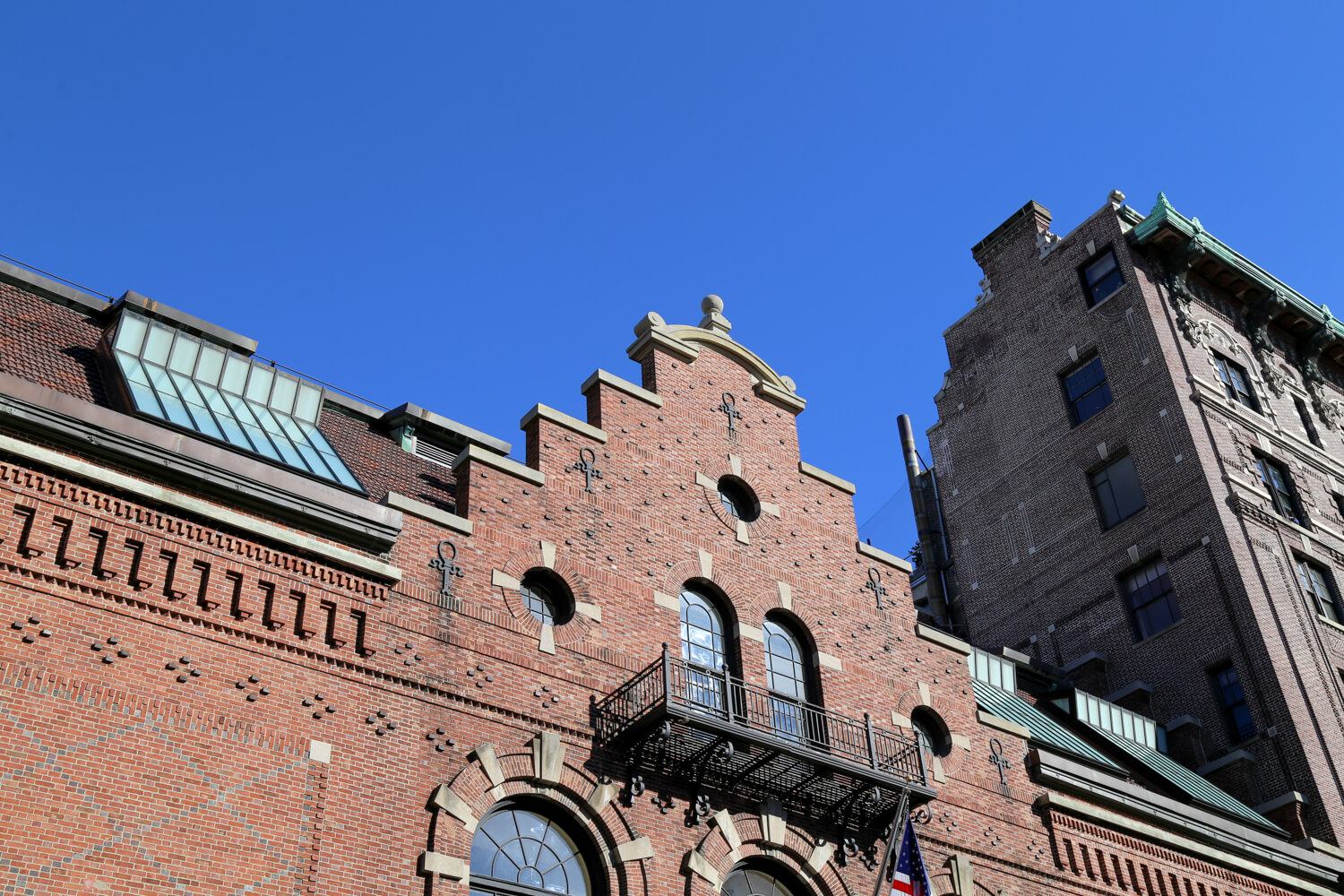
Their repertoire includes other fine works, such as the apartment building at 200 Hicks Street, next door, built to complement the Casino. Boring would eventually go into academia, and became the Dean of the Columbia School of Architecture in the 1930s.
The Casino was designed both to accommodate the sports and club activities inside, and also to reference Brooklyn’s Dutch heritage. Many of its members were from the same Old Brooklyn heritage themselves, having become some of Brooklyn’s wealthiest and most important families. The Dutch gables, the elaborate brickwork, and the Colonial Revival interiors all are a reminder of who these people came from, and how far they had come.
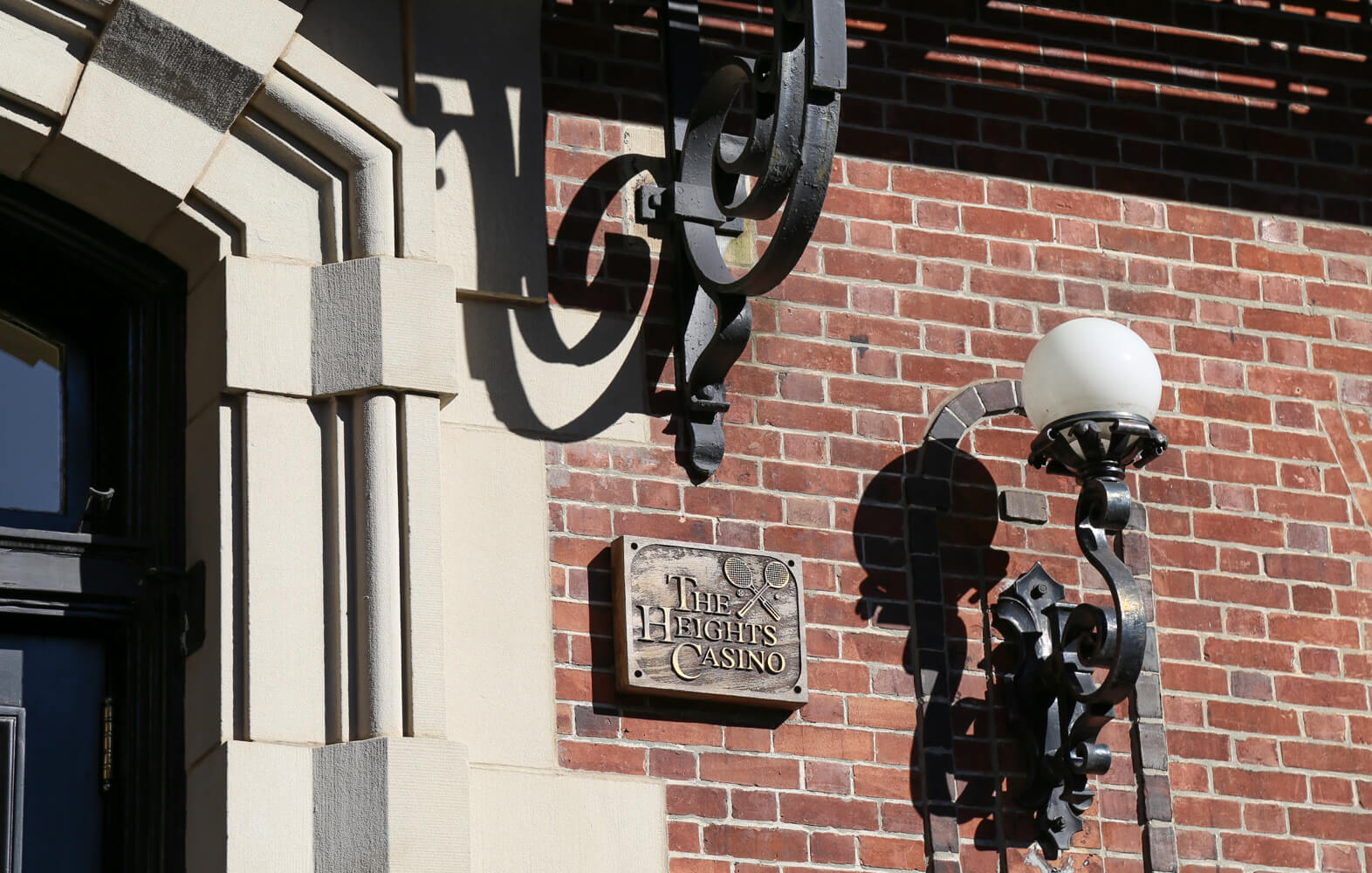
By the 1950s, however, the Casino’s restrictive policies had driven it almost to bankruptcy. No Jews, certainly no Negroes, none of the “wrong” kind of people, no new money. Their policies changed for changing times over the next 20 years, however, leading to new rules that would encourage diversity and keep the club alive and well. They reduced their dues and opened up to more people, saving themselves from extinction and, surely, in the process making the place more fun. The Heights Casino remains one of the most prominent squash clubs in the United States, home of champions of the sport.
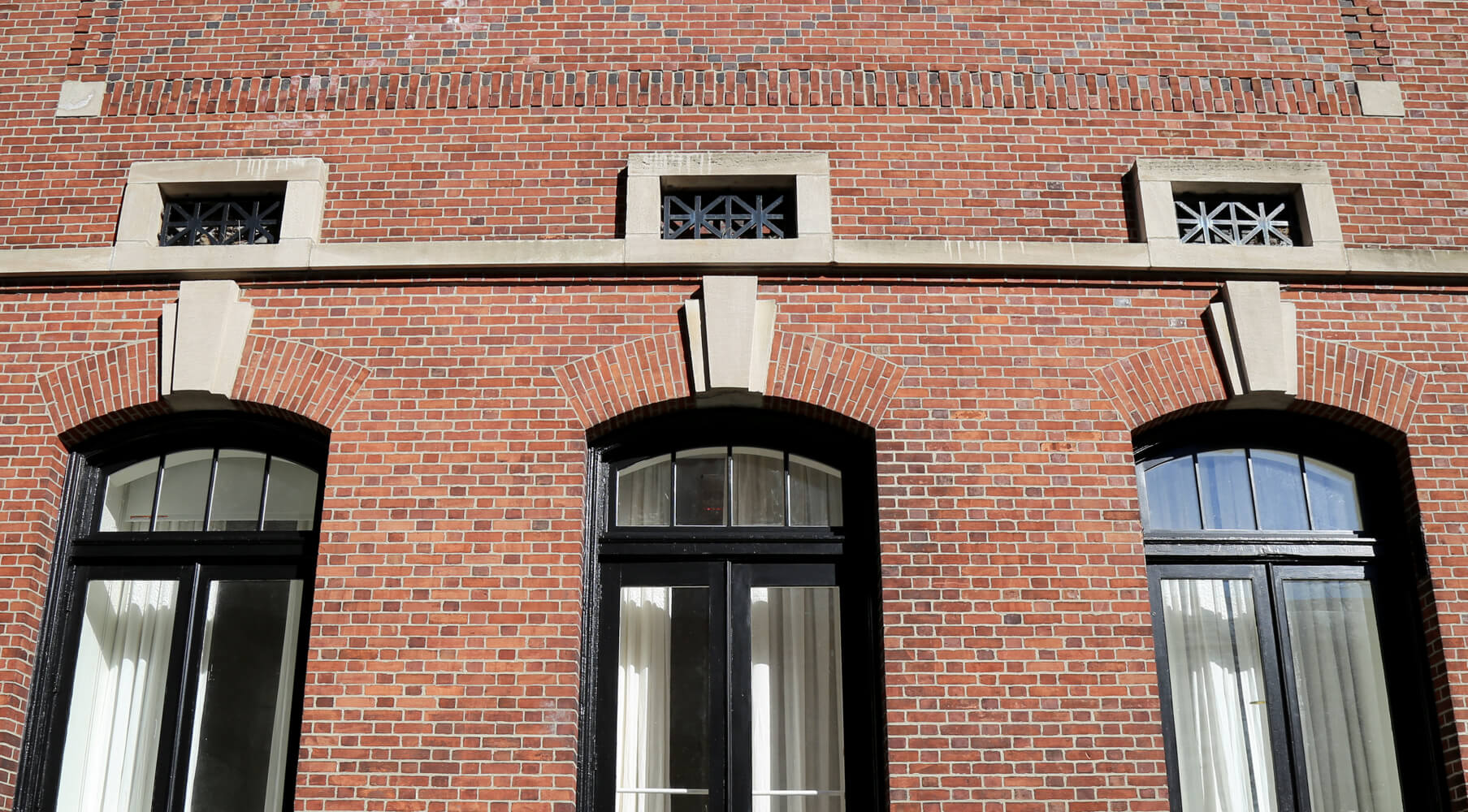
[Photos by Susan De Vries]
Related Stories
- The Wandering Cow of Montague Street
- 1984 Flatbush Avenue
- Saints, Sinners and Survivors Once Flocked to This Stone Mansion on Pierrepont Street (Photos)
Email tips@brownstoner.com with further comments, questions or tips. Follow Brownstoner on Twitter and Instagram, and like us on Facebook.

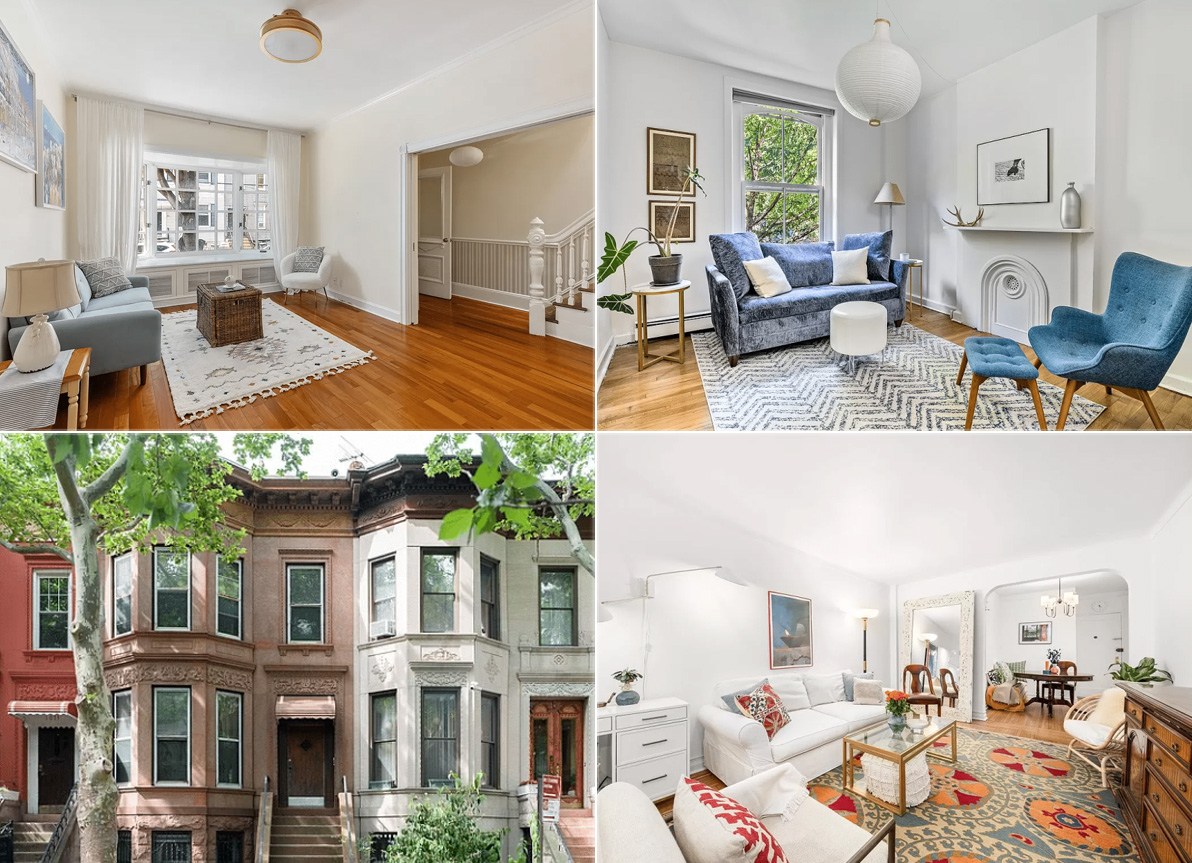
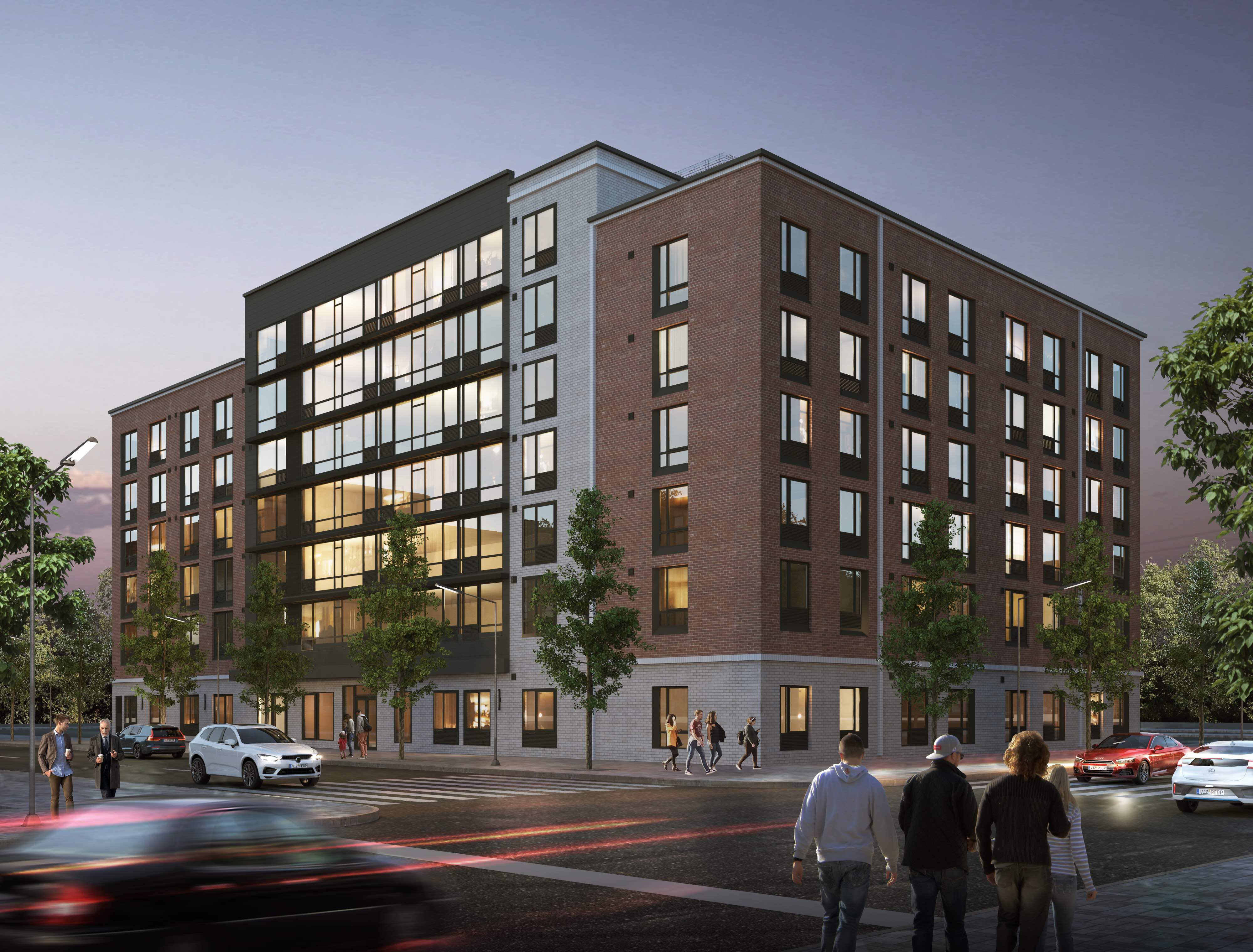
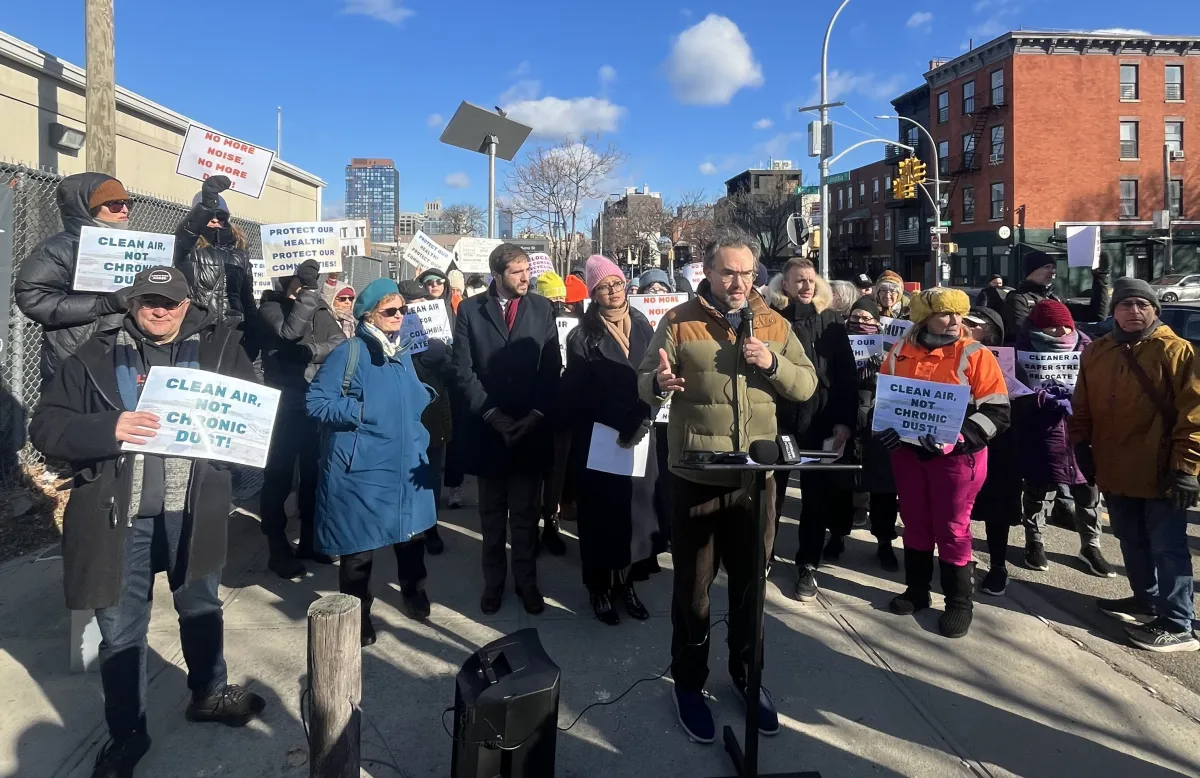
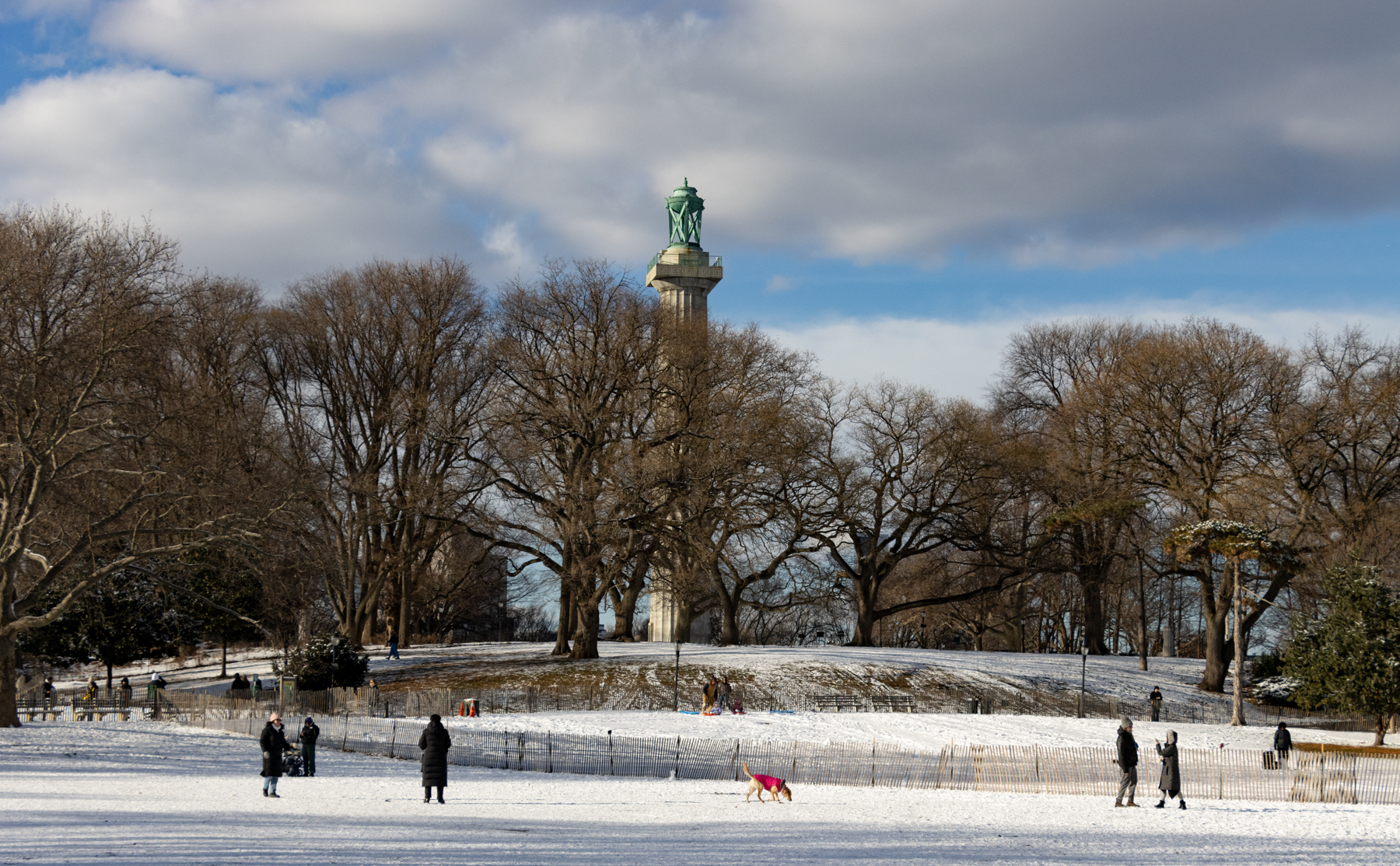




What's Your Take? Leave a Comment